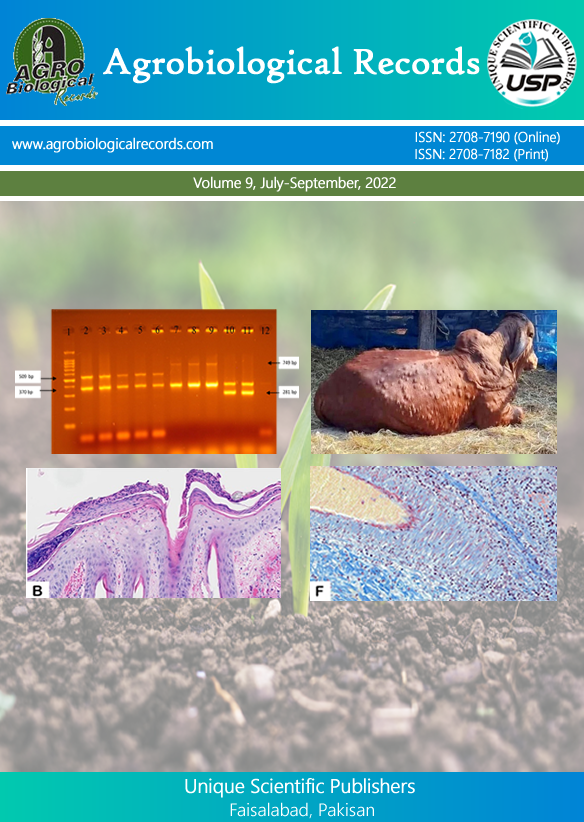
Sana Rashid1, Laiba Ali2*, Akasha Saleem3, Khadija Ummer2, Iram Nisar2, Farooq Ahmed2, Muhammad Ahmad Ali4 and Ishrat Fatima5
1Institute of Horticultural Sciences; 2Institute of Soil and Environmental Sciences; 3Department of Chemistry; 4Department of Agricultural Extensions, Education and Rural Development, University of Agriculture, Faisalabad-38040, Pakistan 5Department of Chemistry, Government College University, Faisalabad-38000, Pakistan
*Corresponding author: laiba.ali204@gmail.com
Mango (Mangifera indica L.) belongs to the family Anacardiaceae and is one of the important fruits grown and consumed all over the world. Presently it is grown on an area of 173.8 thousand ha with 1.85 million tones production in the country. The production area and the fruit production season influence the composition of nutrients, especially carotenoids, ascorbic acid, flavonoid, and thiamine. Seasonal variations, also known as seasonality, refer to alterations in behavior, biological rhythms, physiology, and more, prompted by cyclic shifts in the environment caused by the changing seasons. The fruit quality, vegetative growth, reproductive growth, and yield depend on the proper nutrition of trees. Analyzing leaves plays a pivotal role in determining the nutrient requirements of mango trees, as the roots may face challenges in absorbing adequate nutrients from the soil. The research was planned to study the seasonal variation of major elements during fruit development stages and then evaluate the post-harvest changes in mango. Sixteen mango varieties were selected for the evaluation, and the collection of leaves was done every month from the marble stage to the harvesting for one year. Fruits were harvested at four distinct developmental stages, and an examination of biochemical properties such as superoxide dismutase (SOD), peroxidase (POD), Catalase (CAT), and others was conducted. Leaf essential macro elements (N, P, and K) were also assessed. Data were analyzed by Statistics 8.1 statistical software and means were compared by Tukey’s significant test. The texture of all varieties was found to be smooth at first morphological stage. Malda, Keittn (SSI), Collector, Temora, and Zaafran exhibited a rough texture during observation. Among the varieties studied, Chaunsa SB, Tommy Atkin, and Rohi Raat displayed a more pronounced fruit aroma compared to others. Swarnerka, Keitt, and Pohi Raat exhibited notable color characteristics at the time of harvesting. Catalase in selected mango varieties showed the highest value in Malda. Hydrogen peroxide was highest in Zaafran. Malondialdehyde showed maximum value in Chaunsa SB. Peroxidase dismutase showed the maximum value in Chaunsa Lahori (8.50mg/g protein). Superoxide dismutase showed maximum value in Swarnerka. Titratable acidity was notably higher in Pop (13.53%) and Langra (11.25%) but lower in Chaunsa Lahori and Tommy Atkin (3.83%). In summary, the findings underscore the significant influence of each morphological stage on the various parameters studied.